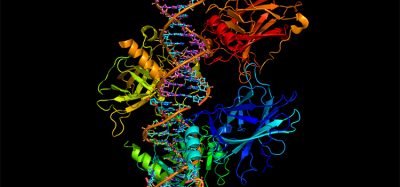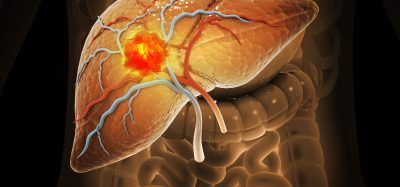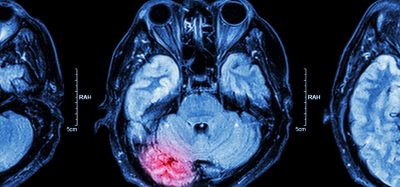Multi-omic approach classifies biomarkers for paediatric sepsis
Posted: 8 February 2024 | Drug Target Review | No comments yet
Researchers have discovered potential biomarkers to identify paediatric sepsis progression stage, enabling more targeted treatment.

Researchers from the National Center for Children’s Health in China have classified biomarkers according to sepsis progression stage in patient samples. This overcomes a persistent difficulty in treating sepsis: the lack of timely diagnosis. There is no singular diagnostic test to reliably identify sepsis, with current diagnostics relying on broad-ranged biomarkers such as CRP (C-reactive protein, an inflammation marker), PCT (procalcitonin, a pro-hormone), and lactate. Therefore, this study provides a new method for timely and precise identification.
Sepsis is a life-threatening condition initiated by a severe infection. Severe sepsis and septic shock are progressive stages of sepsis, associated with multi-organ failure and death. Non-symptomatic children can quickly present morbid symptoms in a short span of 36 to 72 hours. For paediatric cases, mortality varies from 4 percent to 50 percent, depending on illness severity, risk factors, and geographic location. Furthermore, the risk of recurrence after surviving severe sepsis is considerably high in most cases.
Ideally, a sepsis biomarker should enable the detection of the infection group, provide insights into the progression stage of sepsis, and illuminate the susceptibility of high-risk patients. Early detection of sepsis can help to give targeted treatment instead of broad-spectrum antibiotic, antiviral, or antifungal therapies.
In the study, the authors utilised multi-omics profiling technology, involving genomics, transcriptomics, proteomics, and metabolomics, to find reliable biomarkers. Through a genomic approach, the team found genetic variations linked to sepsis susceptibility, highlighting primary immunodeficiency disease (PID) gene variants, as well as polymorphisms in genes such as PAI-1 and CD143. Transcriptomics, exploring transcription patterns, identified diagnostic targets of some mRNAs or miRNAs.
In their investigation using proteomics, they saw that IL-27 screening combined with procalcitonin enhanced the predictability of sepsis screening. The review also took stock of metabolites, chemicals released by cells during cellular processes, as possible biomarkers. Like lactate, already established as a sepsis biomarker, 2-hydroxybutyrate, 2-hydroxyisovalerate, creatine, and glucose, are common metabolites that may detect sepsis severity. However, these potential sepsis biomarkers still require validation in a large patient cohort in the future.
Although no single biomarker serves as the gold standard, a panel of genes or markers could enhance early diagnosis, treatment, and prognosis, driving the requirement of further research and clinical validation.
This study was published in Pediatric Investigation.
Related topics
Biomarkers, Genomics, Metabolomics, Proteomics, Screening
Related conditions
Sepsis
Related organisations
National Center for Children’s Health







